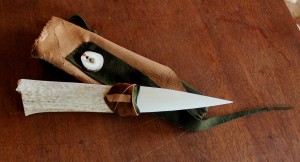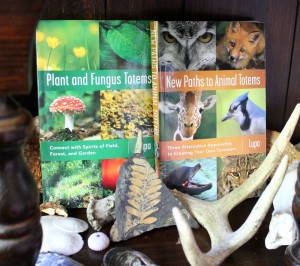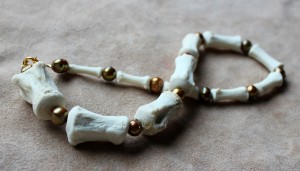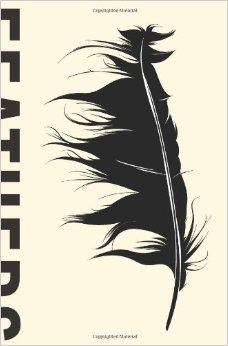I have been making my art since 1998. My first article was published in Sagewoman in 2004. 2006 saw the publication of my first book and the creation of my first serious blog. Over the years I’ve explored many different avenues for getting my work out there, from writing for countless publications in pixels and paper, to expanding my vending setup to make it easier to meet you all in person, to stepping just a teensy bit into the gallery scene, among other ventures both successful and ill-conceived.
All along the way I’ve had the support of so many people. You’ve cheered me on, given me constructive feedback, shared your own experiences and questions with me, and introduced others to my art and writing. And, certainly not of the least importance, you’ve supported my work financially, buying my art and books, attending paid workshops, purchasing totem readings, and otherwise compensating me for my time and effort and creations. In short, you’ve given me a part of yourselves so that I can continue to have a roof over my head (and more art supplies under that roof!) All of that tells me that you like my work and want to keep seeing me create things.
 Your support has helped me become more productive; I’ve been completely self-employed since 2011, which, of course, means that I get to art and write full-time. (More than full-time, really–eighty hour weeks are not uncommon here.) One of the challenges of this otherwise awesome situation is that there’s no steady paycheck. I could have a week where I pull in a four figure sum, and then the next week I make just enough to get some quarters for the laundry. While it’s a challenge I’m up to, I want to make this a more sustainable venture.
Your support has helped me become more productive; I’ve been completely self-employed since 2011, which, of course, means that I get to art and write full-time. (More than full-time, really–eighty hour weeks are not uncommon here.) One of the challenges of this otherwise awesome situation is that there’s no steady paycheck. I could have a week where I pull in a four figure sum, and then the next week I make just enough to get some quarters for the laundry. While it’s a challenge I’m up to, I want to make this a more sustainable venture.
Which is why I’d like to introduce you to my Patreon profile. Patreon is a platform that allows artists to share content (including exclusive works) with modern-day artistic patrons who make a monthly financial contribution to the artist’s efforts. You don’t have to give a whole lot, either. For just one dollar a month, you get access to patron-only content–sneak peeks of blog posts days before they go public, work in progress pictures of art, and other things that patrons alone will be the first–or only–to see. And there are other monthly perks depending on level of patronage, including but not limited to:
–Monthly profiles of animal, plant, fungus and other totems, viewable only to my patrons and not to be posted to this blog
–A “book of the month club” where I’ll send you one of my currently available books every month until you have the entire set
–Several art subscription opportunities, where each month I send you something I made, from jewelry to ritual tools to elaborate costumes
–Three different cabinet of curiosities subscriptions, where each month I send you a selection of curiosities I’ve made or curated, and at the end of six months you have a complete collection, including a booklet that I’ve written to explain the theme of the collection and what makes each piece in it awesome
 Plus there are even MORE perks for you if the total amount given by all my current patrons reaches certain milestones. The first time it hits $100 per month, every patron gets a hand-drawn thank you card from me. On the other hand, if I somehow accumulate enough patrons giving enough money that I’m making $2,500 per month, I’m going to write you a full-length book. (No, seriously. I will write a book, minimum 45,000 words, on some topic of nature spirituality, and self-publish it in both ebook and paperback format, and my patrons will get a free copy, and no one else will have access to it for at least a year. I would LOVE to write you a book, just sayin’.)
Plus there are even MORE perks for you if the total amount given by all my current patrons reaches certain milestones. The first time it hits $100 per month, every patron gets a hand-drawn thank you card from me. On the other hand, if I somehow accumulate enough patrons giving enough money that I’m making $2,500 per month, I’m going to write you a full-length book. (No, seriously. I will write a book, minimum 45,000 words, on some topic of nature spirituality, and self-publish it in both ebook and paperback format, and my patrons will get a free copy, and no one else will have access to it for at least a year. I would LOVE to write you a book, just sayin’.)
What do I get out of this? Not just money. I get stability and more of an ability to budget from month to month. And that’s a huge benefit. Knowing that I am guaranteed to get a certain amount of money coming in from my patrons, regardless of whatever other sales and income I get, helps reduce the stress of chasing after dollars.
Moreover, it tells me that those who choose to become my patrons really want to see me keep making creative things. I love making art and writing for myself, don’t get me wrong, but it takes other people loving my art and writing enough to compensate me for it that allows me to keep creating at the rate that I do. And at the end of the day, it feels really, really good that enough people like what I do to enable me to be a full-time creative sort. It’s a great motivator to keep making cool things happen.
So. Sound like a good opportunity to you, too? Then head on over to my Patreon profile, and see what patronage level works best for you!
(And thank you. Again and again and again.)



